The oldest among the contemporary classical dance forms of India, Bharatanatyam's history goes back several centuries, its raw beginnings traced to dance mentioned in the Sangam era literature between 3 and 5 centuries A.D., the Tamil Epic Silappadikaram full of details about the dancer and her art. Dance then was referred to as 'Kootu' or 'Attam', the name Bharatanatyam being a post 20 century christening. Sculptural evidence from 10 century onwards clearly establishes the dancing posture of the half-seated figure with the turned-out knees called Ardhamandali, the basic postural concern of Bharatanatyam. While temples all over India during this period have sculpted figures in this posture, the post-tenth century evidence is restricted to the south where Bharatanatyam flourished under the patronage of the Pallava, Chola and Pandya-Dynasties ruling over the Southern Peninsula. The practice of dancers as servants of the God or Devadasis in Temple service, would seem to have become an established tradition by the 10 century, gathered from inscriptions on temple walls.
After the Nayak rule in the South (16-17 Centuries) the Marathas ruled with Tanjore as Capital and during this time with a Tamil speaking people, with Telegu as court language, being ruled by Marathi-speaking kings, Bharatanatyam acquired its present format in the 19 century under the four illustrious brothers Chinnayya, Ponnaiyya, Vadivelu and Sivanandam, who between their collective genius devised the concert format, seen even today in solo Bharatanatyam recitals…..

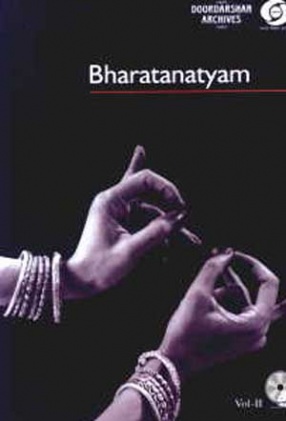
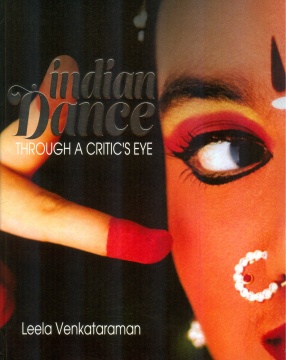
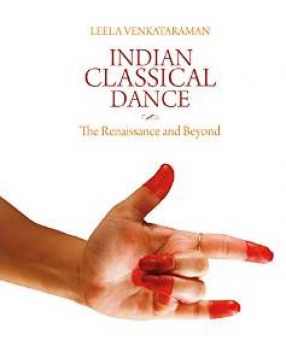

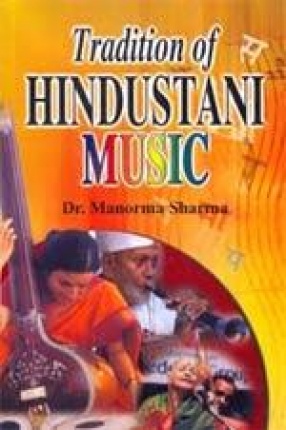

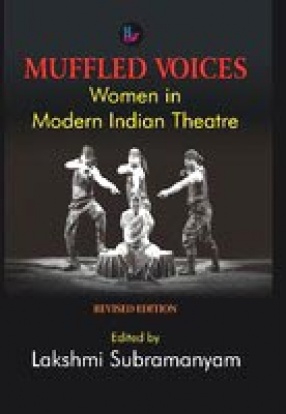
There are no reviews yet.